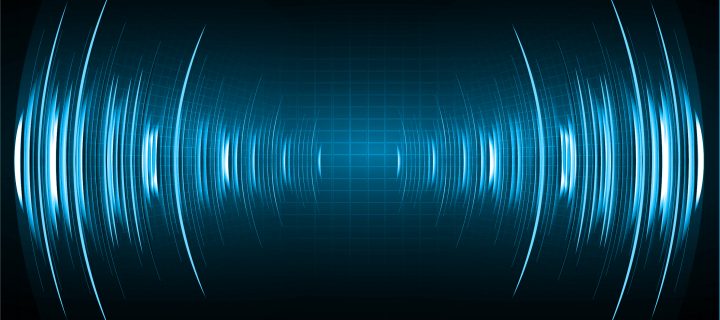The approach is called histotripsy and it has few side effects.
New ways to kill off cancer cells are constantly being investigated and discovered. A recent study conducted at the University of Michigan has found that even sound waves may be effective. The discovery presents positive findings that may lead to increased noninvasive treatments for cancer patients.
Histotripsy broke down cancer tumors in rats
The novel approach is called histotripsy. It’s defined as a non-invasive, non-thermal ultrasound therapy guided by images. Doctors apply the highly focused, high amplitude ultrasound waves to a cancerous tumor inside your body. The tiny pulses of sound generate microbubbles inside the tissue they target. These bubbles expand rapidly and then collapse. This results in a short-lived but extreme amount of stress on any cancer cells present that causes the tumor’s structure to break up.
This treatment is relatively new and is being used in human trials. The research is being done in the US and in Europe and if the process works well, it would be great news.
Success in rats
In lab rats, histotripsy succeeded in destroying 50% to 75% of liver tumor volume. While the treatment didn’t eliminate the cancerous tumors entirely, the process still worked. The ultrasound waves seemed to boost the immune system of their host and rats were able to clear away the remaining tumor cells on their own. In the end, there was no evidence of cancer coming back in over 80% of the animals in the study. The treatment seems to encourage the immune system to prevent further spread of the cancer.
Related: How doing shift work may delay menopause
“Even if we don’t target the entire tumor, we can still cause the tumor to regress and also reduce the risk of future metastasis,” said Zhen Xu. Xu is a professor of biomedical engineering at U-M and an author of the study mentioned above.
If histotripsy can start a positive reaction in the body of cancer patients, this would be great news.
Added benefits: few side effects
The fact that histotripsy worked well in eliminating cancer in rats is amazingly positive. This could have the potential to save lives down the road. An added benefit is the fact that this approach seems to work without the unpleasant side effects of radiation and chemotherapy. The ultrasound waves haven’t caused fatigue, hair loss, nausea, appetite changes, or other common side effects associated with cancer treatments.
Other medical uses for sound
There are multiple applications for sound in medicine. It’s well known that sound waves are used to help produce images of a growing baby in a womb. This can help doctors ascertain whether the fetus is healthy or not. Sound is also being used in other areas. Stanford Medicine outlines how researchers are looking into using sound for cardiac disease modeling. This might become something used to generate tissue used as heart patches in people who have weak heart walls or those with cardiac tissue damage from a heart attack. There are also advancements being made in using sound to help detect non-convulsive seizures in children. This type of seizure doesn’t have obvious symptoms but can do damage to a growing brain.
The use of sound in medicine could be widespread. To learn more about sound and your health, click here.
photo credits: Titima Ongkantong/Shutterstock.com












